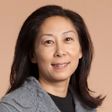13 Investment Ideas That Yield 4-6%
To get more yield, you must generally take on more risk.
To get more yield, you must generally take on more risk. But in the case of dividend-paying stocks, that may not always be the case. Some high-yielders, such as AT&T (T, $38, 4.7%), Verizon Communications (VZ, $50, 4.1%) and Intel (INTC, $21, 4.2%), are financially strong companies that have the wherewithal to sustain their payouts. Jason Brady, who runs mostly bond funds at Thornburg but also dabbles in stocks, favors telecom companies because of the rapid growth of smart phones. One of his favorites is Telstra (TLSYY, $24, 6.0%). We took a page from his book: iShares International Select Dividend ETF (IDV, 5.2%) tracks an index that includes 100 high-yielding stocks in developed foreign markets.
Preferred shares are stock-bond hybrids. They pay a fixed, regular dividend like bonds, but the shares trade like stocks. Because financial firms are big issuers of preferred stock, preferreds suffered terribly during the 2008 financial crisis. But they’ve recovered strongly since then. One ETF, iShares S&P U.S. Preferred Stock (PFF, 5.6%), holds 75% of its portfolio in banks, insurance and diversified financial-services companies. Despite its name, it holds some foreign stocks, too—most of them U.K. banks, including HSBC.
Bonds in developing countries are paying yields of more than 4% these days. T. Rowe Price Emerging Bonds (PREMX, 4.3%) and Fidelity New Markets Income (FNMIX, 4.3%) hew closely to a JPMorgan emerging-markets bond index. That means both have about 60% of their assets invested in dollar-denominated government debt from developing nations. Aberdeen Asia-Pacific Income (FAX, 5.4%), a closed-end fund, focuses on Australian and Asian debt. Morningstar analyst Steven Pikelny likes that Aberdeen has managers on the ground in the region, with offices in Singapore, Sydney and Bangkok (see the accompanying list of terms for more on closed-end funds).
From just $107.88 $24.99 for Kiplinger Personal Finance
Become a smarter, better informed investor. Subscribe from just $107.88 $24.99, plus get up to 4 Special Issues

Sign up for Kiplinger’s Free Newsletters
Profit and prosper with the best of expert advice on investing, taxes, retirement, personal finance and more - straight to your e-mail.
Profit and prosper with the best of expert advice - straight to your e-mail.
You can’t talk about this yield range without mentioning junk bonds. A key benchmark, the Bank of America Merrill Lynch High Yield Master II index, currently yields 5.9%. Wells Fargo Advantage High Income (STHYX, 4.0%) yields less because of expenses and because it is more conservatively managed than many junk funds. Still, High Income beat its typical peer over the past three years, with a 10.3% annualized return—and it did so with less volatility. The biggest junk bond ETF is iShares iBoxx $ High Yield Corporate Bond (HYG, 4.9%). It charges annual fees of 0.50%.
Finally, real estate: Health Care REIT (HCN, $70, 4.4%), a real estate investment trust, and CBRE Clarion Global Real Estate Income(IGR, $10, 5.7%), a closed-end fund, offer exposure to two growing areas of the sector. The growth catalyst behind HCN is the firm’s senior-living communities; CBRE is a real estate firm with offices around the world. Although most of CBRE’s assets are invested in North America (59%), it has a chunk across Asia (29%), which makes it a good bet for cashing in on rising consumer wealth in that region. The fund recently traded at a 4% discount to net asset value.
Profit and prosper with the best of Kiplinger's advice on investing, taxes, retirement, personal finance and much more. Delivered daily. Enter your email in the box and click Sign Me Up.
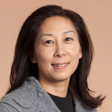
Nellie joined Kiplinger in August 2011 after a seven-year stint in Hong Kong. There, she worked for the Wall Street Journal Asia, where as lifestyle editor, she launched and edited Scene Asia, an online guide to food, wine, entertainment and the arts in Asia. Prior to that, she was an editor at Weekend Journal, the Friday lifestyle section of the Wall Street Journal Asia. Kiplinger isn't Nellie's first foray into personal finance: She has also worked at SmartMoney (rising from fact-checker to senior writer), and she was a senior editor at Money.
-
 Changes Are Coming for This Invesco Bond Fund
Changes Are Coming for This Invesco Bond FundThe Invesco BulletShares 2026 Corporate Bond ETF's bonds will mature in 2026. Here's what investors should do.
-
 What Science Reveals About Money and a Happy Retirement
What Science Reveals About Money and a Happy RetirementWhether you’re still planning or already retired, these research-based insights point the way to your best post-work life.
-
 7 Retirement Planning Trends: What They Mean for You in 2026
7 Retirement Planning Trends: What They Mean for You in 2026From government shutdowns to market swings, the past 12 months have been nothing if not eventful. The key trends can help you improve your own financial plan.
-
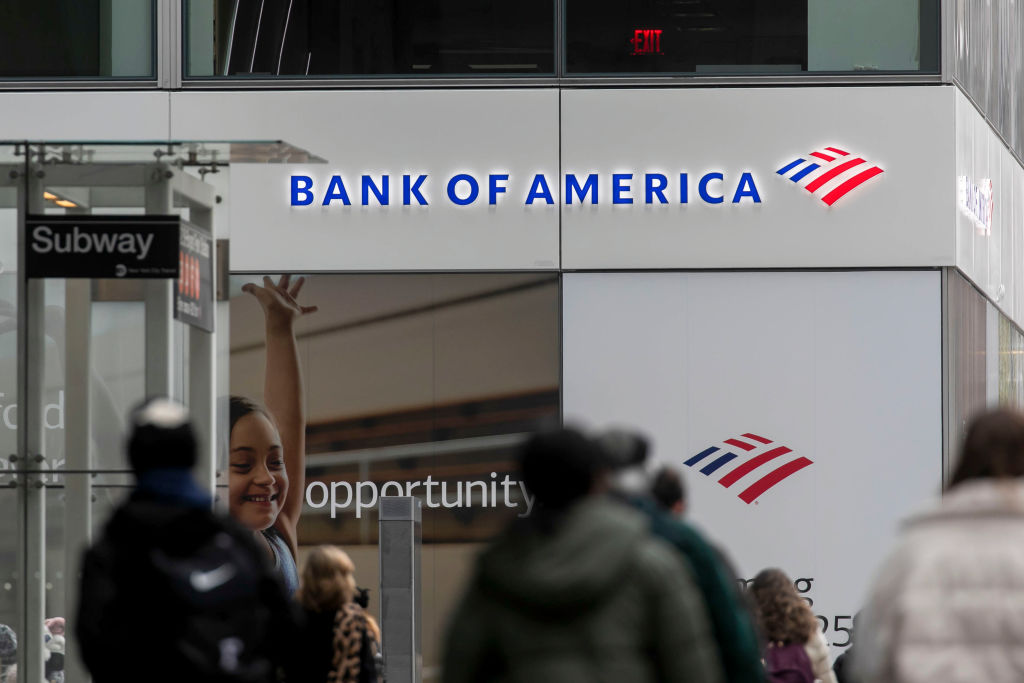 If You'd Put $1,000 Into Bank of America Stock 20 Years Ago, Here's What You'd Have Today
If You'd Put $1,000 Into Bank of America Stock 20 Years Ago, Here's What You'd Have TodayBank of America stock has been a massive buy-and-hold bust.
-
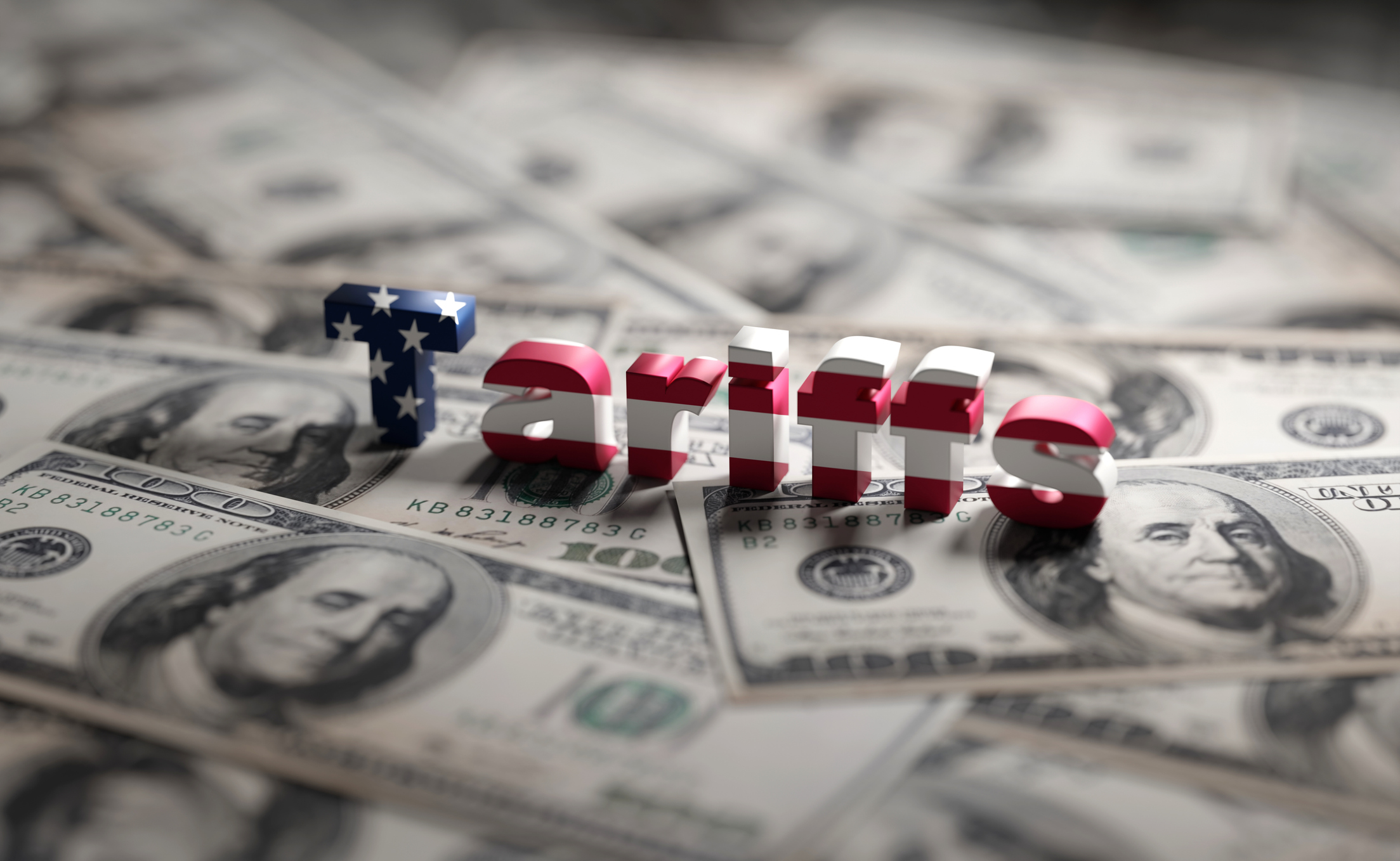 What Tariffs Mean for Your Sector Exposure
What Tariffs Mean for Your Sector ExposureNew, higher and changing tariffs will ripple through the economy and into share prices for many quarters to come.
-
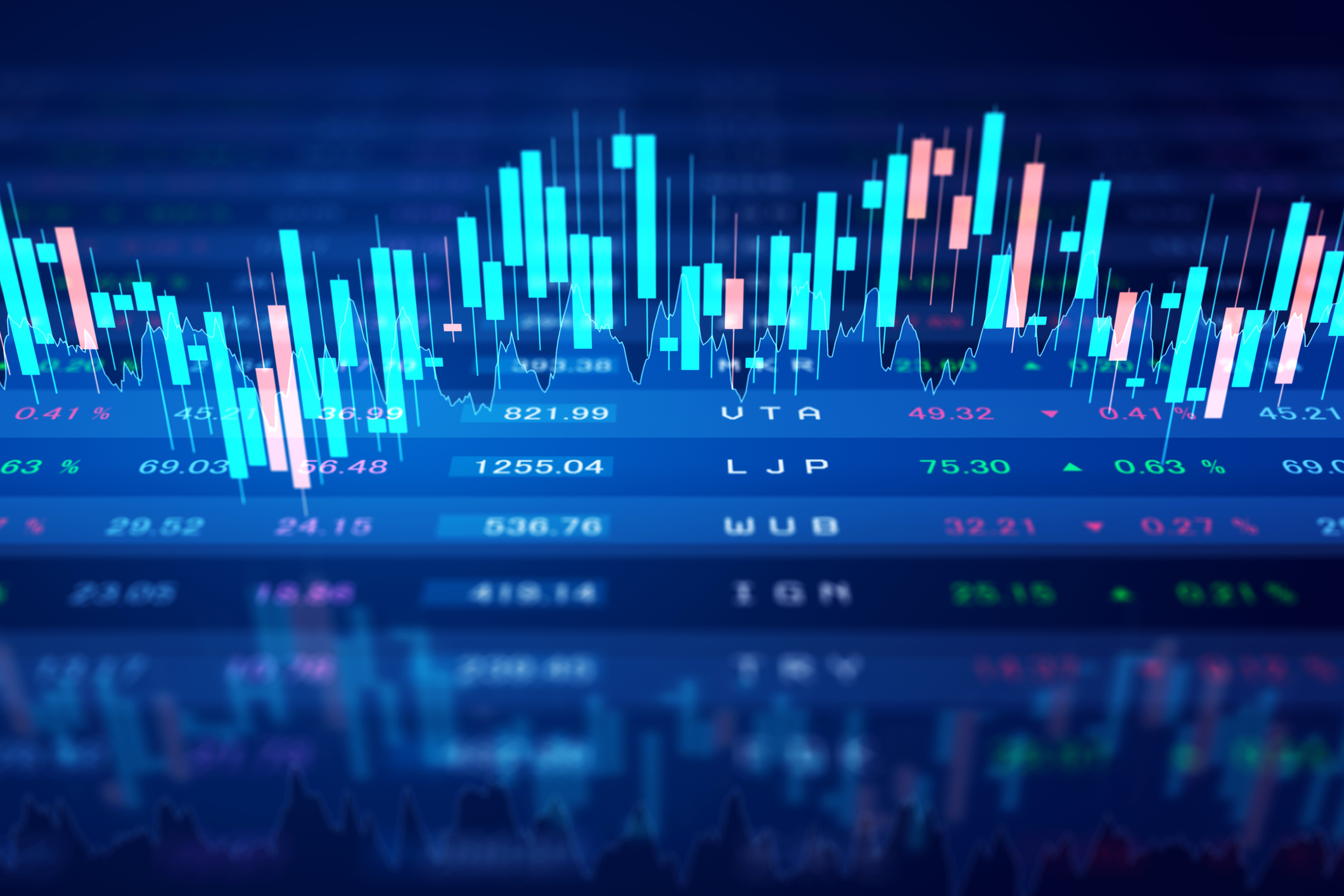 Stock Market Today: Stocks End Mixed Ahead of Powell
Stock Market Today: Stocks End Mixed Ahead of PowellPolitical upheaval in South Korea kept investors on their toes Tuesday.
-

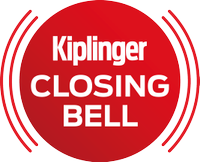 Stock Market Today: Stocks Drop, Oil Spikes After Iran Attacks Israel
Stock Market Today: Stocks Drop, Oil Spikes After Iran Attacks IsraelA massive port strike and dismal economic data also weighed on the main indexes Tuesday.
-
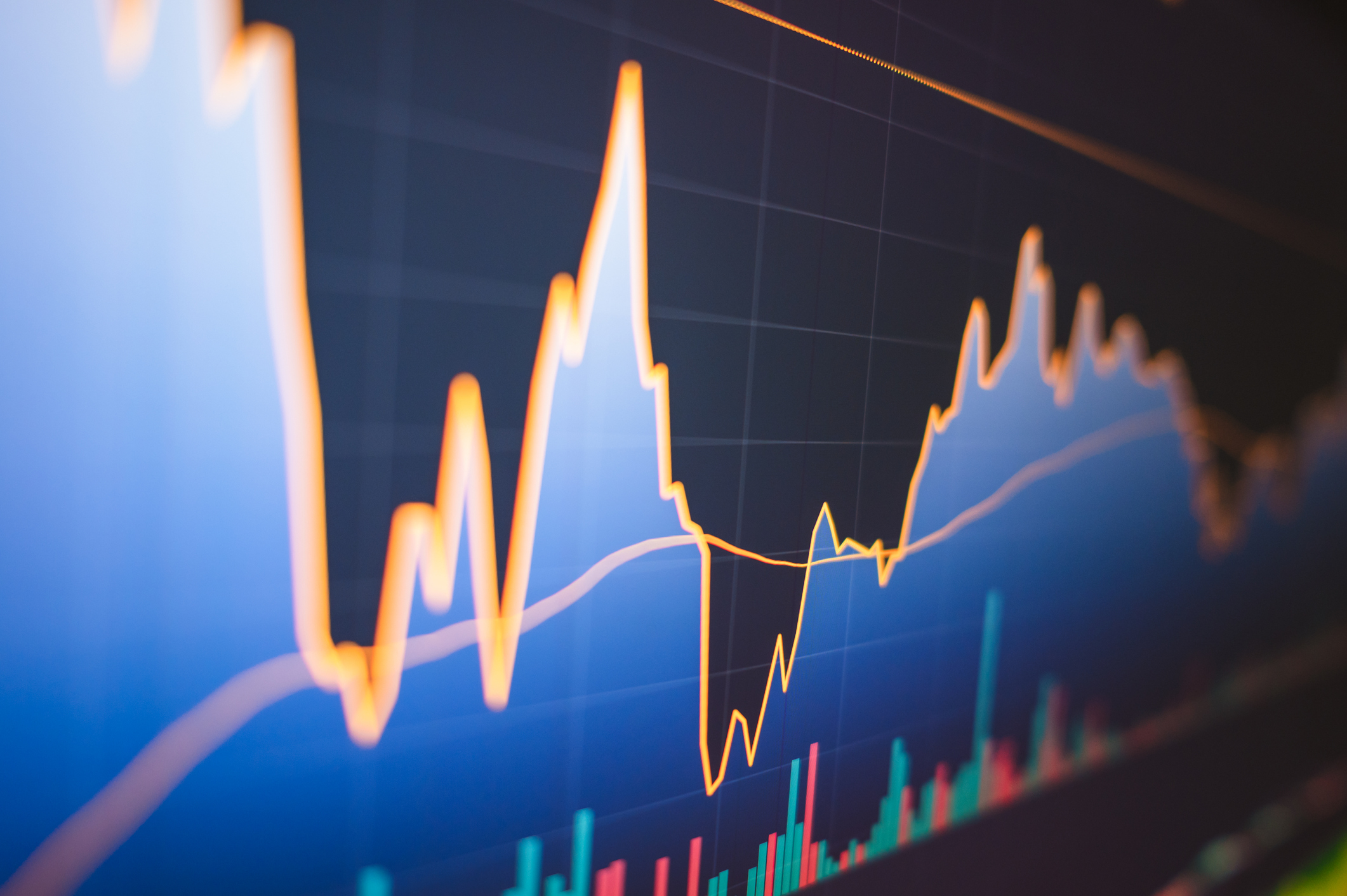
 Stock Market Today: Stocks Gain After Powell Talks Rate Cuts
Stock Market Today: Stocks Gain After Powell Talks Rate CutsA late-day burst of buying power helped the main indexes close higher for the day, month and quarter.
-
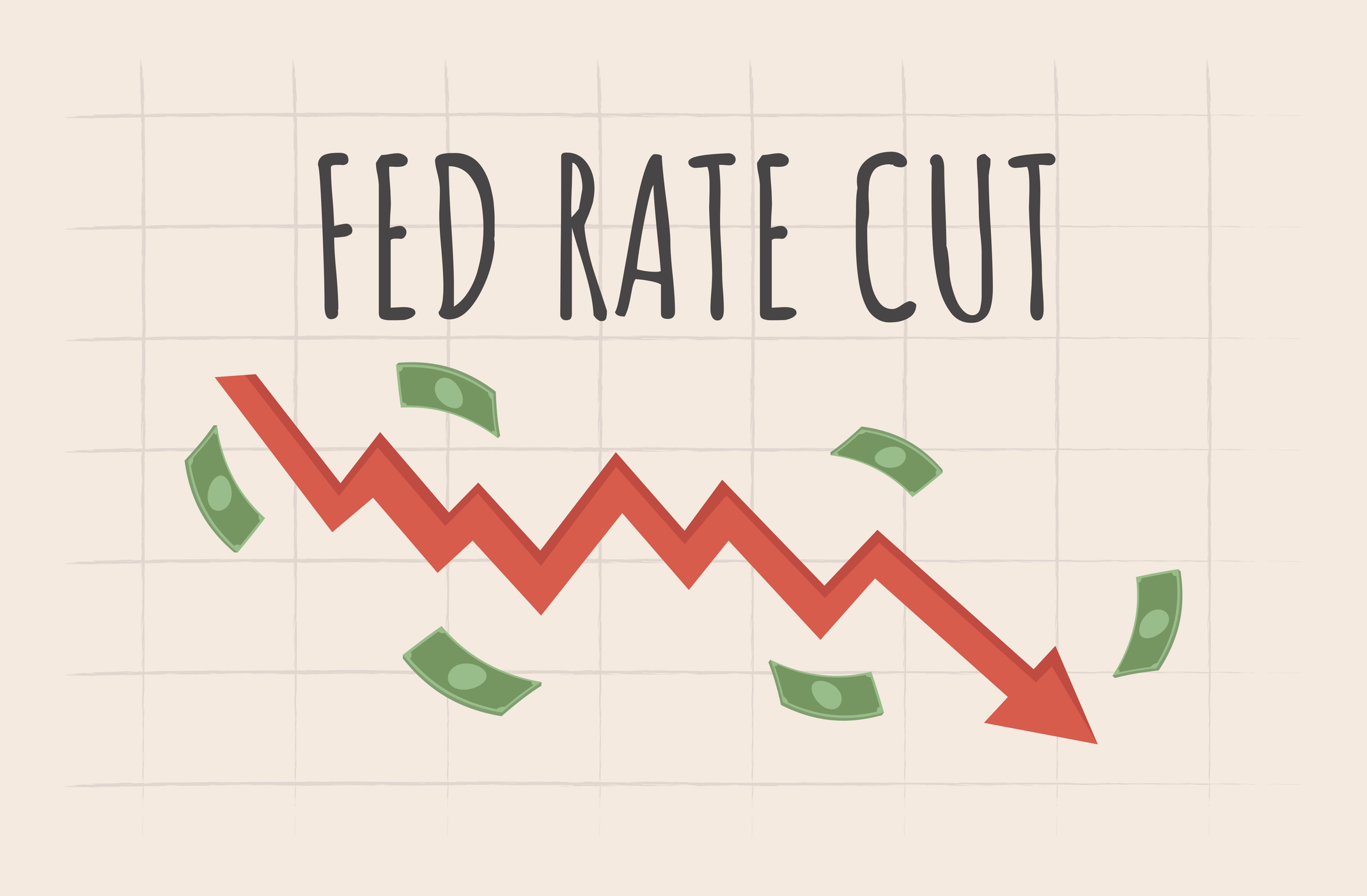 Best Stocks to Buy for Fed Rate Cuts
Best Stocks to Buy for Fed Rate CutsThe Federal Reserve cut rates again at its December meeting, and lower borrowing costs could boost these large-cap stocks.
-
 Stock Market Today: Stocks End Mixed To Start Q2
Stock Market Today: Stocks End Mixed To Start Q2Strong readings on the manufacturing data lowered expectations for a June rate cut and kept investors on edge.
-
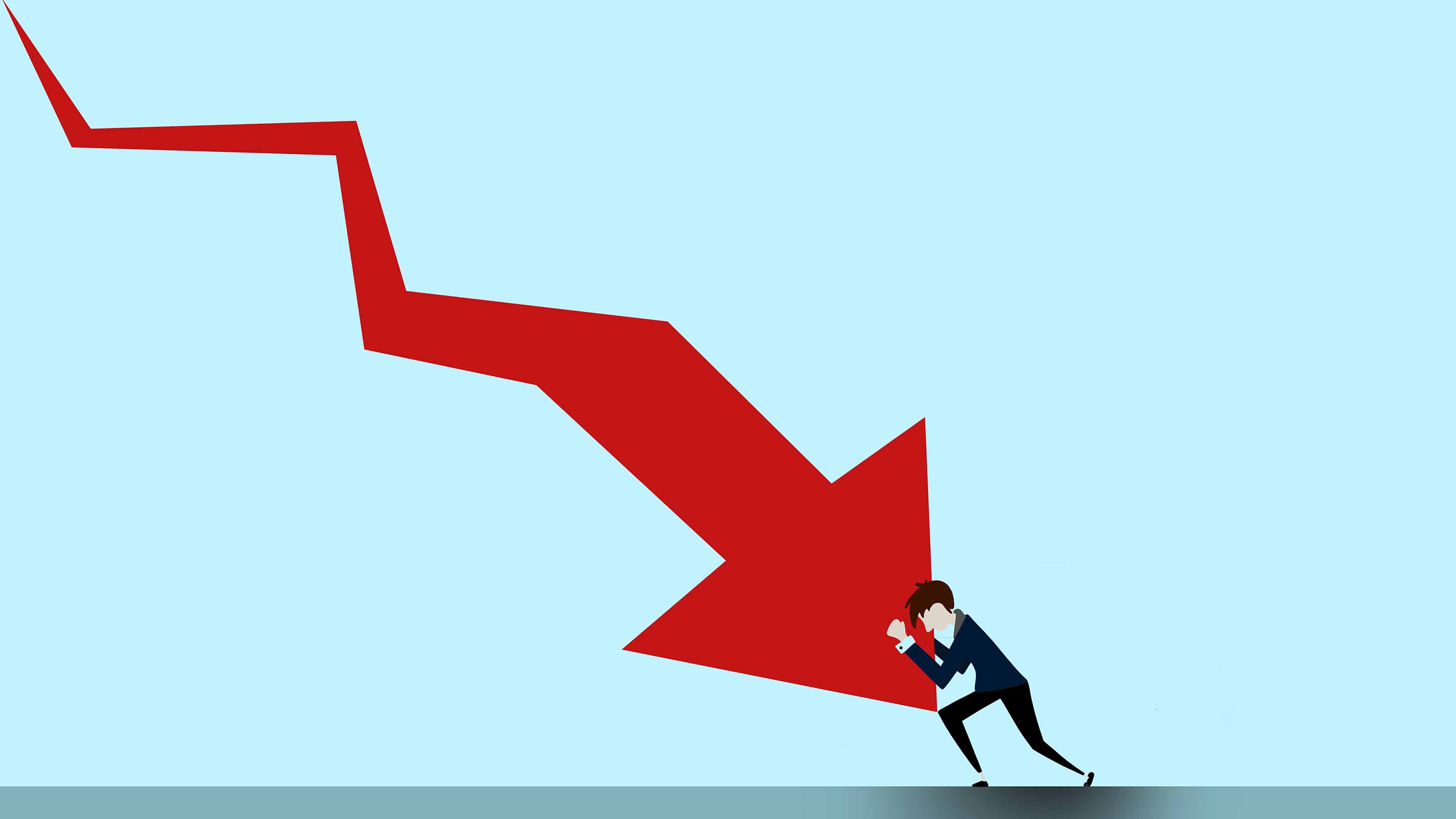 Is A Recession Looming? Two Big Bank CEOs See It That Way
Is A Recession Looming? Two Big Bank CEOs See It That WayRecession is likely, Citi's CEO told a Senate panel today, a sentiment echoed by JP Morgan's chief executive last week.

